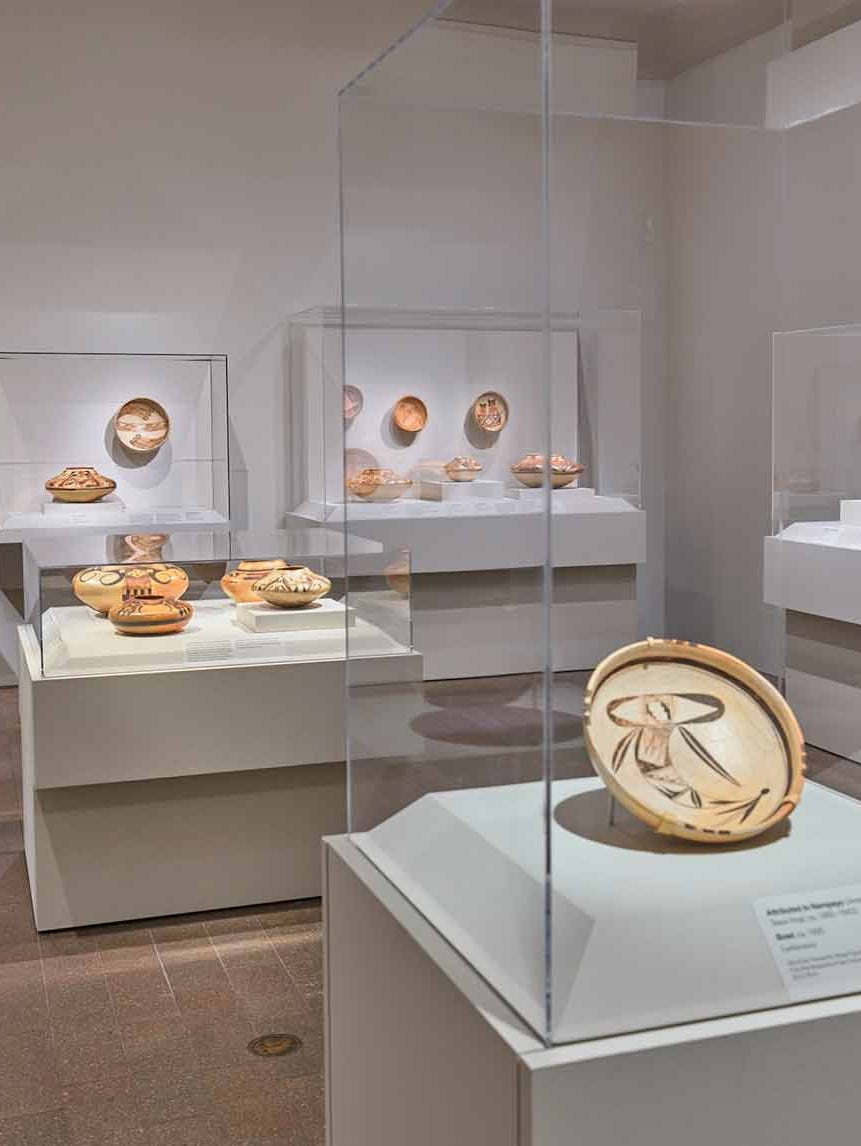Hatshepsut: From Queen to Pharaoh
Jump to
Hatshepsut: From Queen to Pharaoh highlights the art created during the glorious reign of the female pharaoh Hatshepsut, who shared Egypt’s throne for nearly two decades in the early New Kingdom as senior co-ruler with her nephew, Tuthmosis III. The phenomenon of a woman ruling a fundamentally patriarchal society while surrounded by male courtiers and advisors, the eventual destruction of Hatshepsut’s monuments by Tuthmosis III, and the omission of her name from later king lists have fueled debate among Egyptologists for over a century. This exhibition presents the changing interpretations of the woman, who claimed the full powers of the throne and assumed the title of “King” and the trappings of kingship. Although her reign defied long-established convention, it was accepted by her people and Egypt flourished, as seen through the superb and innovative art and architecture of her prosperous and largely peaceful rule. But after Hatshepsut’s death her name and image were ruthlessly attacked, and she was forgotten. Her reign (ca. 1479 – 1458 BC) was a period of immense artistic creativity and this unprecedented exhibition brings together a vast treasure of royal statuary and relief; monumental sculpture representing members of the royal court; and a wide variety of ceremonial objects, finely crafted furniture, dazzling jewelry, and other exquisite personal items that tell both the compelling story of Hatshepsut’s reign and reveal the diverse and exquisite artistic production of her time.
Other venues
The Metropolitan Museum of Art, New York, March 21 – July 9, 2006
Kimbell Art Museum, Fort Worth, August 27 – December 10, 2006
Sponsors
Hatshepsut: From Queen to Pharaoh has been organized by the Fine Arts Museums of San Francisco and The Metropolitan Museum of Art, New York.
The exhibition and catalogue are supported in part generous grants from the National Endowment for the Humanities and the National Endowment for the Arts, Federal agencies. The exhibition is supported by an indemnity from the Federal Council on the Arts and Humanities.


